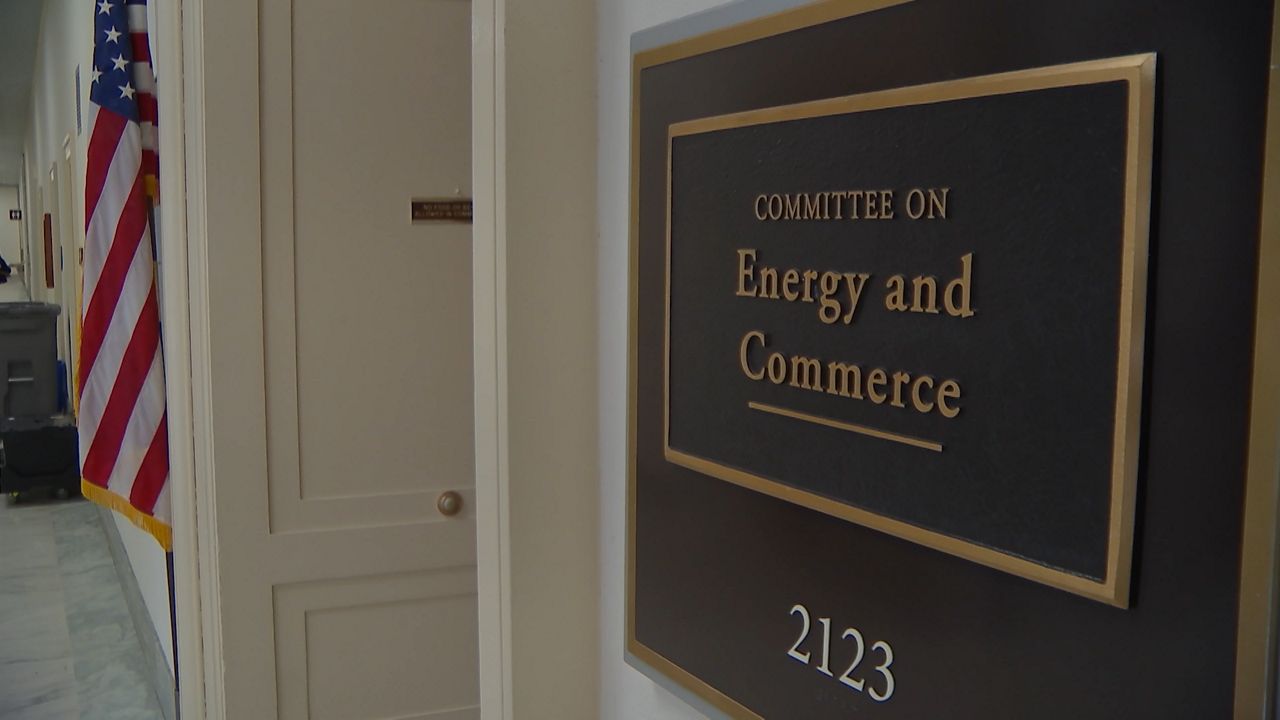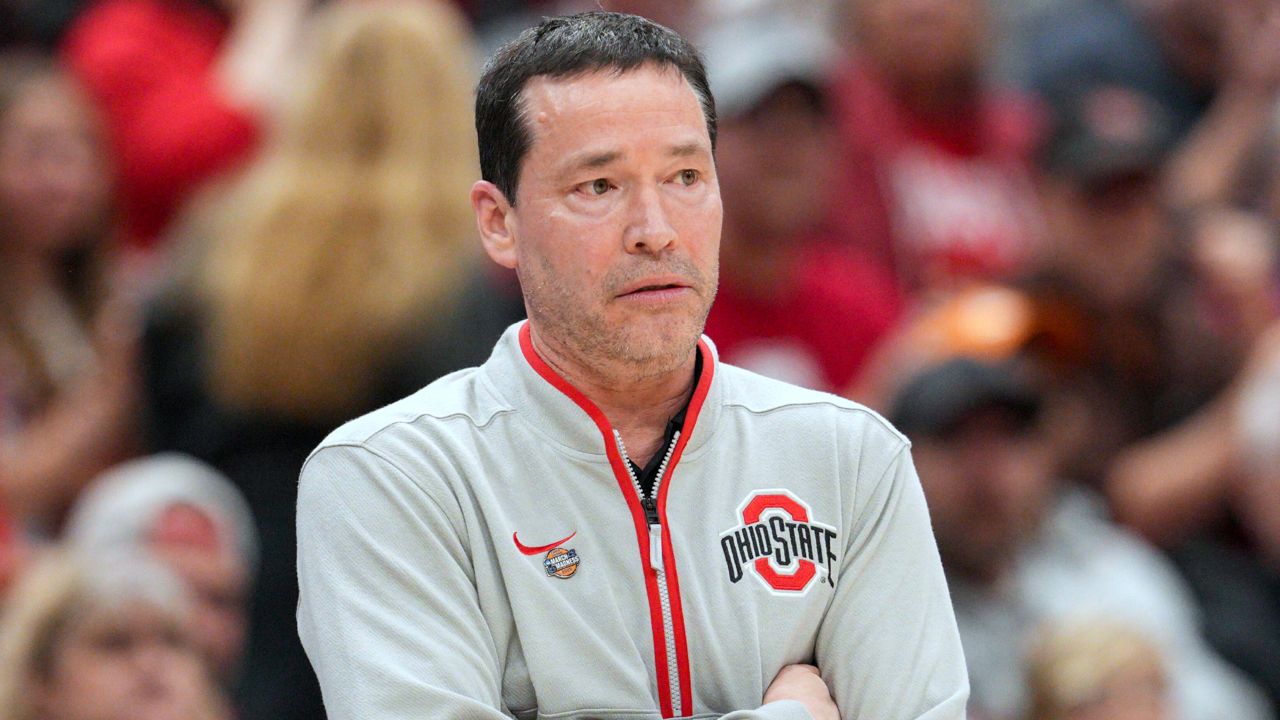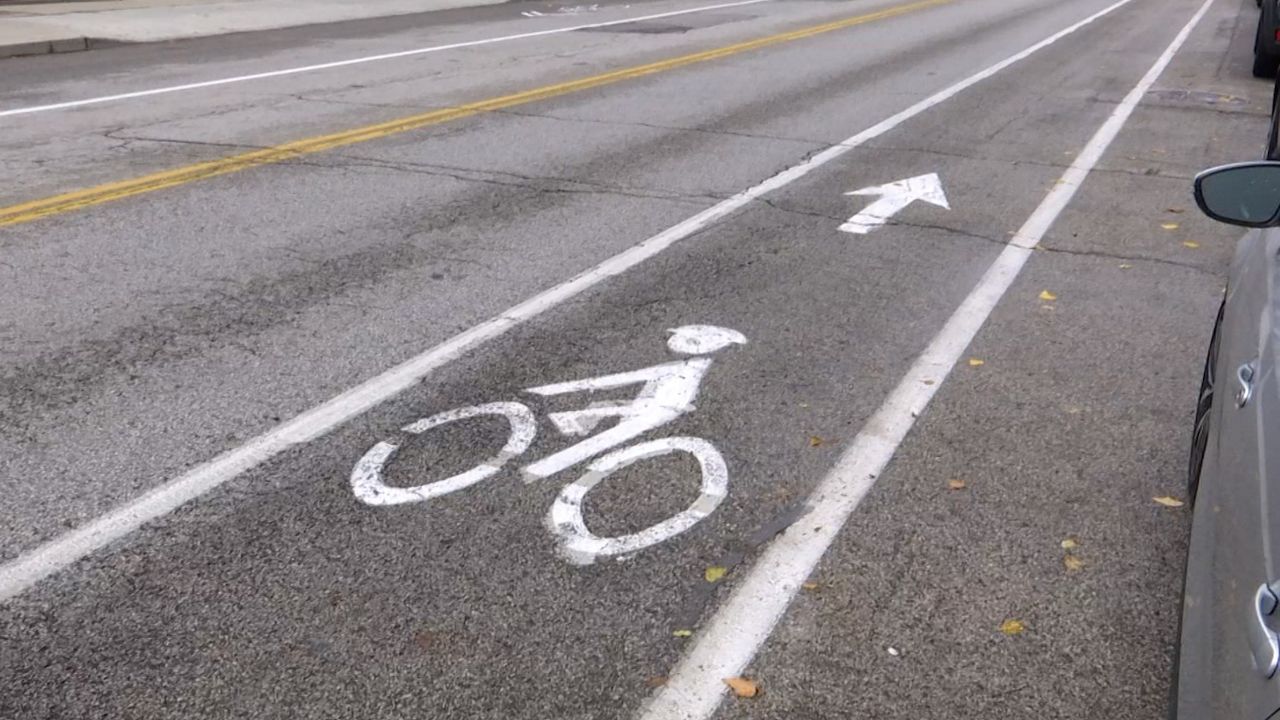COLUMBUS, Ohio — While public school districts across the state are fighting to get more money out of the next budget, the latest version of the bill looks to expand private school vouchers in the state.
The bill, approved by the House, would open up those vouchers to even more families. Right now, people sending their children to a chartered private school qualify for school vouchers that help pay tuition.
But the House’s version of the budget would expand the program to include students who are home schooled and ones attending non-chartered, nonpublic schools. Those are schools that aren’t regulated by the state.
Greg Lawson, research fellow at The Buckeye Institute, explained why.
“We’ve long been supportive of vouchers. We’re very supportive of that choice program,” Lawson said. “The House felt that this was a group that had been left out in previous efforts to try to make it more, opportunity for families. I mean these are all families who are paying taxes.”
Scott DiMauro, who has been a teacher for 34 years and is president of the Ohio Education Association, said there’s a huge problem with the voucher program.
“It has not opened up opportunities for new students,” DiMauro said. “In fact, private schools are just as exclusive as they’ve always been. Public schools served nearly 90% of kids in our state, 95% of students with disabilities, but what it’s doing is it’s taking away resources from everyone to benefit a very small number of people.”
DiMauro said non-charter, non-public schools are not held to the same standards as public schools.
“Non-charter, nonpublic schools—by definition—have next to zero state oversight,” DiMauro said.
The House is basically creating a whole new savings account voucher program.
The way this savings account would work is the state would deposit money into a person’s savings account. The families eligible would then use those funds to pay for tuition, books tutoring or online classes.
Lawson said, just with every new program, this one also sparks a concern.
“How this money is going to some of these schools that don’t have even the minimal amount of sort of the regulations that some of the other private schools do that are already getting vouchers,” Lawson said.
Ohio originally started its voucher program in the 1990s when school vouchers were meant for students from low-income communities. The goal was for them to have access to private education.
Then, two years ago, legislators removed the income cap.
“What changed is that the dollars from taxpayers are going to families who have always sent their kids to private schools,” DiMauro said. “In fact, looking at this year’s data, over 88% of vouchers go to families making over $140,000 a year.”
But Lawson said those numbers don’t tell the whole story.
He said Ohio’s system gives more money to families who make less.
“The vast majority of the actual total amount of money that’s being spent on the program is still going to individuals that are below a certain threshold of the federal poverty guideline,” Lawson said. “So it’s actually going to lower or middle-income families, not upper middle income or high-income folks.”
The next move comes from the Senate and what they’ll come up with for schools in the budget proposal.
Both chambers need to pass the budget, and the governor has to sign it by June 30.
At the end of the day, DiMauro said if the intent is to help families who need it, the state should put some guardrails.
“If a private school is going to accept vouchers, then they have to accept a voucher as the full amount of tuition and not continue to charge more in tuition, which effectively keeps lower income families out,” DiMauro said.











